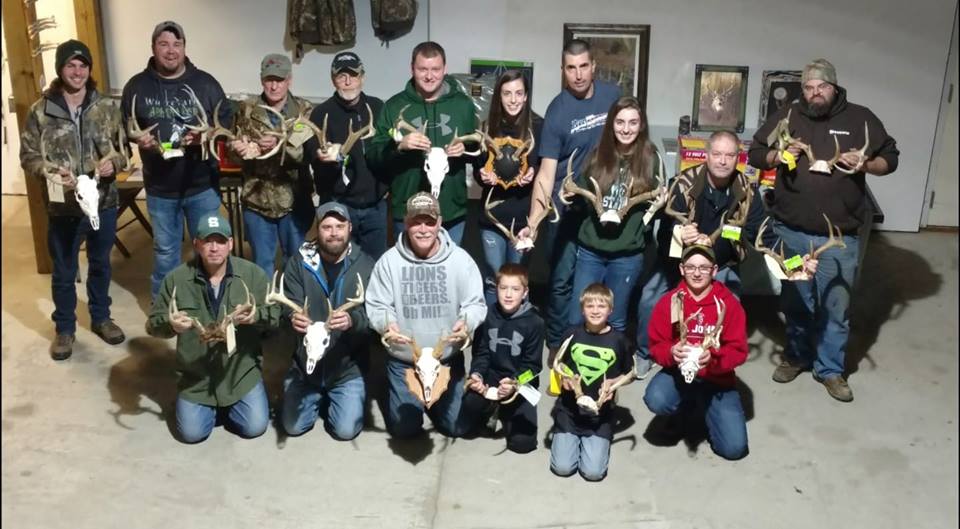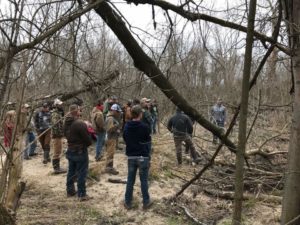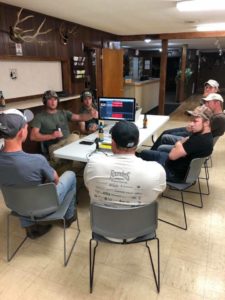
In the Field: The Cooperative Difference
Wildlife Cooperatives are not a brand new concept in Michigan. They do, however, hold their value. To help people understand where we have been and where we are going, let’s first start with the definition of cooperative.
co·op·er·a·tive
adjective
1.
involving mutual assistance in working toward a common goal.
“every member has clearly defined tasks in a cooperative enterprise”
synonyms: collaborative, collective, combined, common, joint, shared, mutual, united, concerted
This term shapes the program by shaping how the desired outcome is achieved. Common goals are shared among cooperative members and success is measured by what comes from the experience. For most, this means improved hunting and community relationships because of habitat work and comradery.

Photo by Crockery Creek Cooperative, location of the 2018 Deer Rendezvous
Hunting has long been known for the how it brings people together. ‘Deer Camp’ is still a very practiced tradition to celebrate the start of the season. While not all species bring the same kind of revere, each has a special place for a certain person. Some people like the calmness of a seat in a tree on a fall morning, others enjoy a walk through grasslands with a dog leading the way. The truth about hunting: there is something for everyone.
But have we lost some of our hunting heritage? Today’s workforce has seemingly taken a toll on the days we loved most about hunting – sitting around with family and friends talking about the success, the mishaps, the hits and misses, the anticipation, the joy and the legacy. We are all different hunters, but we are hunters united by the same need to provide for our homes and our land.

Photo by Crockery Creek Cooperative, location of the 2018 Deer Rendezvous
It’s also challenged our ability to mentor the younger generation. Above all else, they deserve us to take our time teaching them not just how to aim but how to aim for the good of wildlife management. The why of hunting is just as important as the how.
A good solution? Wildlife Cooperatives. Working with other hunters and landowners to meet goals and land expectations has become one of the most popular way to contribute to the management of a game species and its habitat while also improving the landscape for non-game species (pollinators, etc.). We might not have all the time or money in the world to complete projects, but cooperative members have the ability to share resources, information, observations, and physical labor required by habitat. Cooperatives allow us to engage in the social side of hunting. As much as people want a tangible reward for their work, good things come from a group of people that can celebrate a story together…because they were all a part of it. That’s something to be proud of. That’s the heritage we should be passing down.
